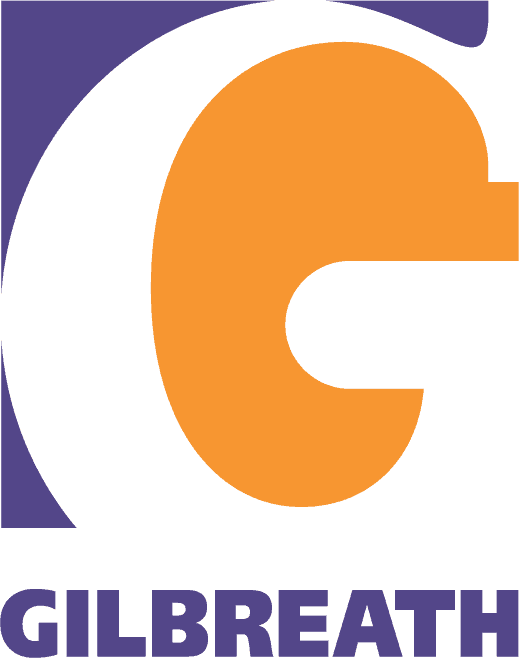A Look at the Public Sector’s Social Side
 By Wayne Hall
By Wayne Hall
Senior Copywriter
When your whole purpose revolves around serving the public, social media clearly has to be one of your primary communication tools — particularly when virtual contact becomes essential in the midst of a pandemic. A nationwide survey released last year by ArchiveSocial makes this fact undeniable.
ArchiveSocial produces social media archiving software for government recordkeeping and digital record preservation. The company also provides archiving services to Facebook, Twitter, YouTube, Instagram, LinkedIn, Vimeo, Pinterest and other social media companies.
In its Annual State of Social Media in the Public Sector Survey Report, ArchiveSocial drew responses from more than 600 public sector communicators employed in government agencies, police departments and school districts. These professionals discussed the challenges they face and how social media has factored into how they have adjusted to COVID-19’s lingering impact on public service. Among the survey’s respondents:
- 52 percent — Cities/Towns/Counties
- 4 percent — School districts and higher educational institutions
- 13 percent — Law enforcement agencies
- 5 percent — State agencies
- 4 percent — Special districts
- 5 percent — Fire departments
- 2 percent — Federal agencies
ArchiveSocial’s survey covers public sector social media from many perspectives. One persistent problem for many public sector organizations is a failure to maintain consistent oversight for their social media pages — which occasionally leads to serious legal issues.
“There have been more than 100 lawsuits and claims filed against local government public agencies and their employees over social media moderation issues since January 2019,” the survey notes. “This is why a good, consistent policy and training is so important for everyone with access to your district or agency’s social media. There is also a clear need for centralized oversight of accounts, and for districts and agencies to get serious about how they set up and manage their social media pages.”
One solution for many public sector organizations is to contract with an agency to manage their daily or weekly social media output. Gilbreath has played this management role in recent years for the Houston Health Department’s I am Life® and My Prenatal Promise campaigns, as well as for new campaigns launched by some of our private sector clients.

The majority of survey respondents to the ArchiveSocial survey said they leverage social media for citizen engagement (92.3 percent), critical response communications (74.4 percent), and customer care and service (57 percent).
“But keeping the community informed isn’t the only benefit social media offers the public sector,” the survey noted. “These platforms have also helped public agencies and school districts increase enrollment and staffing, which is why half of the respondents said they also use social media for employer branding and recruitment,” the survey found.
Gilbreath can personally attest to the rise in social media-driven virtual events due to COVID’s impact on two of our own public sector clients. In late 2020, as the first vaccines became available in the United States, Gilbreath produced a multi-media public awareness campaign, “Let’s Talk About the Vaccine,” for the Mayor’s Office of the City of Houston as it launched an intensive effort encouraging Houstonians to get vaccinated as soon as possible.
The “Let’s Talk About the Vaccine” campaign included a virtual question-and-answer roundtable on Facebook Live at which Mayor Sylvester Turner and several local health professionals fielded questions about the efficacy and safety of the vaccines.
Similarly in the survey, several public sector communicators detailed how COVID’s impact affected their work:
- 4 percent report an increase in followers
- 9 percent report increased engagement
- 4 percent increased their posting frequency
- 4 percent saw an increase in the number of comments received
- 2 percent raised the amount of time devoted to handling misinformation and trolling
- 3 percent have seen a rise in the number of direct messages received
Clearly, social media’s increased presence in both the public and private sector will outlast the COVID effect, and so will the growing trend of social media management being farmed out to agencies who handle social media on a full-time basis.
